Unknown and bizarre locations around the globe
The human species has spent aeons travelling the globe and is now once again eager to travel as the countries open one by one. Although continents have split and new nations have developed, a sizable portion of the world remains unexplored. Before an area may be deemed populated, some locations have never seen a person, while others will require many more. We are thrilled to tell you about those parts of the world that are too beautiful to remain unexplored.
Despite the fact that social media and the internet make it appear like the world is at our fingertips, a sizable chunk of our planet has yet to be completely explored. Even though it may seem terrifying, there are several places on earth about which we know very little, including the dry Namibian deserts, some parts of Northern Greenland, and of course, Antarctica. The least researched of all of them is, however, in one specific area. The fact that there are people there is the most ludicrous element.
WORLD’S MOST UNEXPLORED PLACES
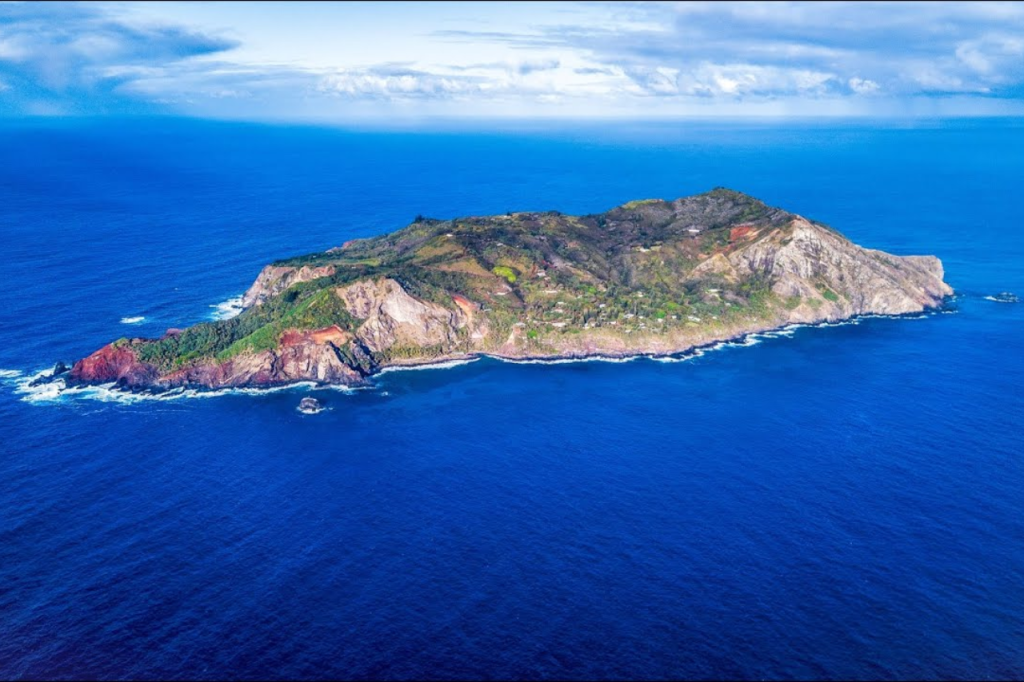
Pitcairn Island
A distance of 3,300 miles from New Zealand From Auckland, New Zealand, it takes a boat 32 hours to reach the remote island of Pitcairn, where neither an aircraft nor a helicopter has ever allegedly touched down. The administration of the island, a British Overseas Territory, is centred in New Zealand. It is one of the least populated regions in the world, with only 50 residents as of 2018. When people of Pitcairn require medical care, they must leave the island for New Zealand or Fiji, and on rare occasions, they are prevented from doing so for weeks or even months.
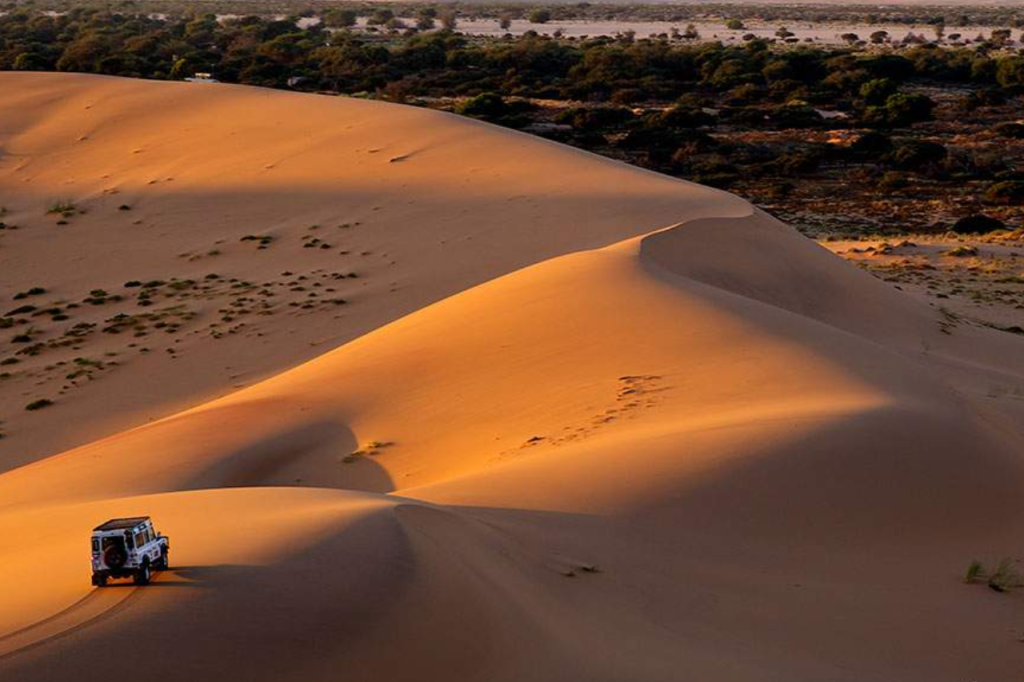
Southern Namib
Southern Namib, a portion of the Namib Desert, is one of the driest places on Earth and is largely undiscovered. The Namib Desert in Africa is regarded to be one of the oldest deserts on earth. The Southern Namib region is largely unexplored, according to the World Wildlife Fund, despite being assumed to have little vegetation.
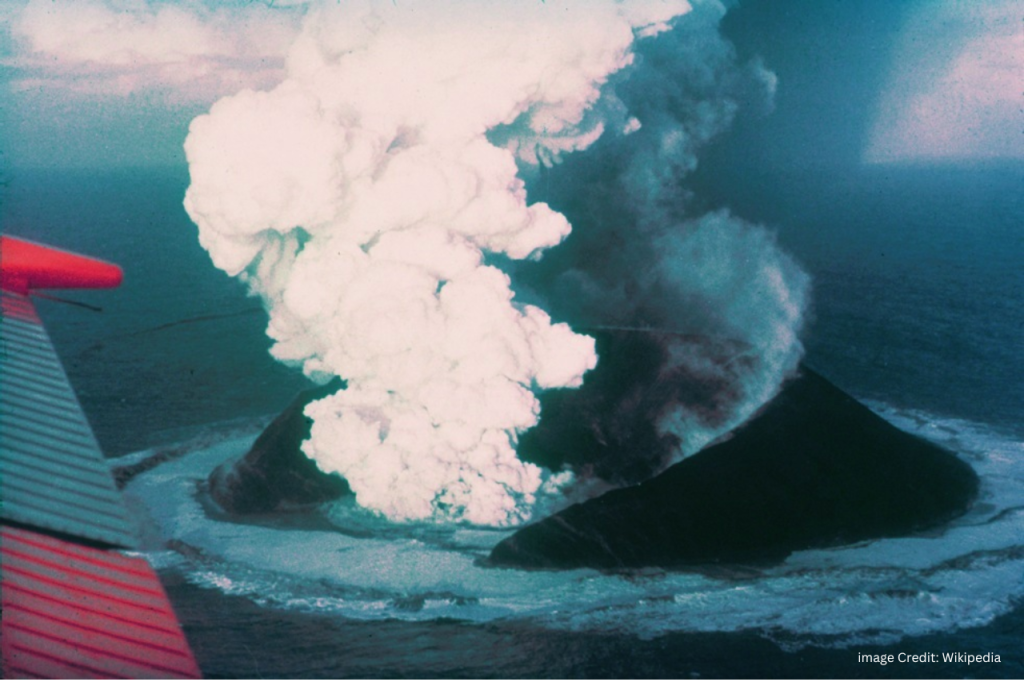
Surtsey
Surtsey, a volcanic island in Iceland, has only ever been reachable by researchers. The island of Surtsey, which is located off the southern coast of Iceland, was formed by volcanic eruptions between 1963 and 1967, according to UNESCO. Atlas Obscura claims that only extremely accomplished scientists have ever had access to Surtsey. UNESCO declared the island to be free of human habitation.
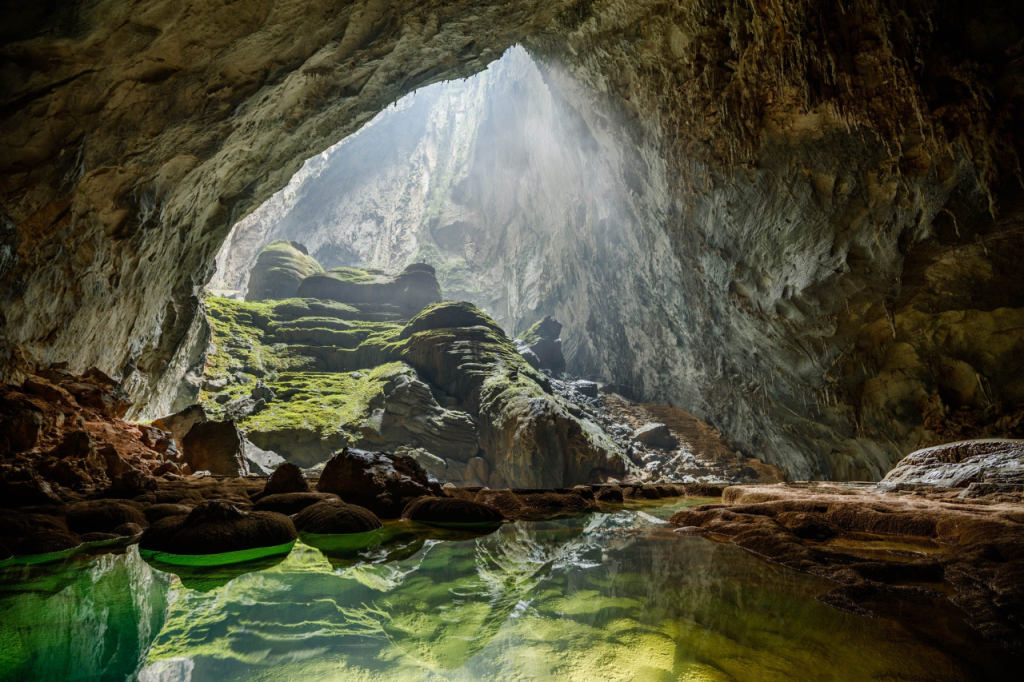
Son Doong Cave
2008 saw the initial discovery of the ancient Son Doong Cave in Vietnam’s Nha-Ke Bang National Park. The cave was first discovered in 1990, according to CNN Travel, but its original location was lost, and it took two researchers from the British Caving Research Association until 2008 to rediscover it. Son Doong Cave, the largest natural cave in the world, is believed to have originated three million years ago. It was originally made available to the general public in 2013.
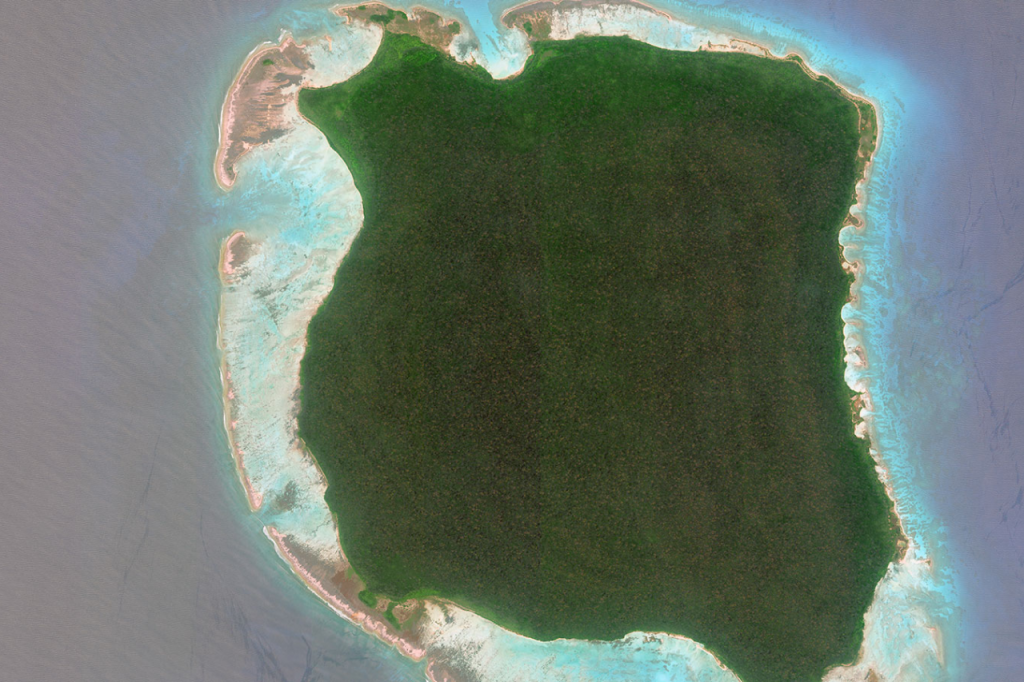
North Sentinel Islands
North Sentinel Island of the Andaman Islands in the Indian Ocean has remained essentially unchanged. A native tribe known as the Sentinelese is believed to reside on the isolated island. The island gained notoriety after an American missionary was allegedly killed there in 2018 while on a religious mission trip. Despite the fact that some documentary film crews, anthropologists, and researchers visited the island in the 1960s and 1970s, there isn’t much information known about North Sentinel.
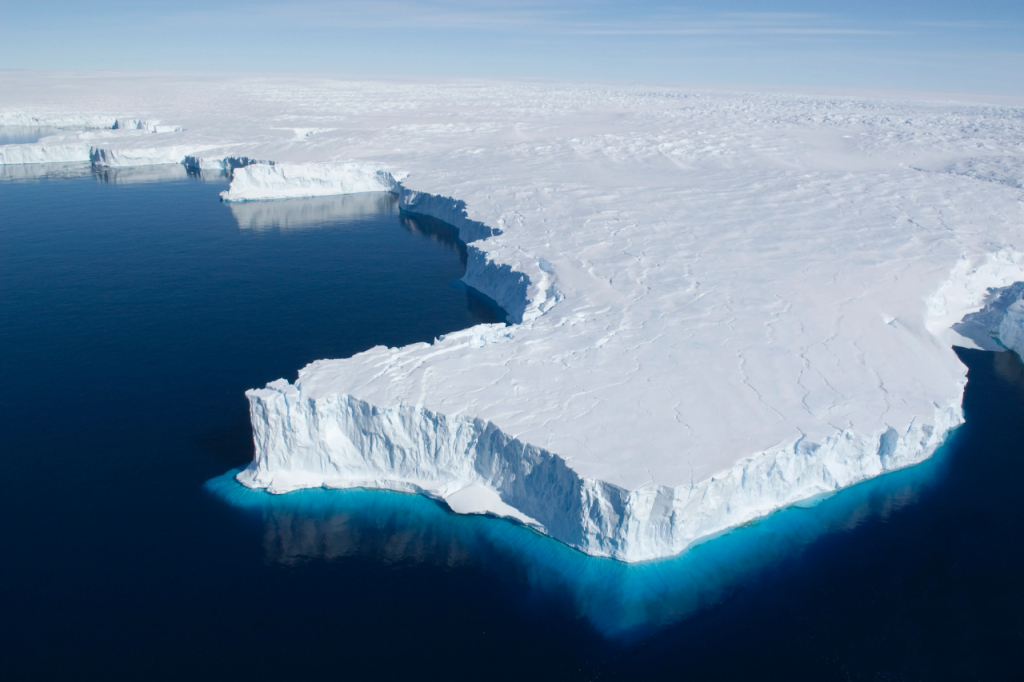
Antarctica
Most of Antarctica’s continent is uninhabited, and it is plenty of unexplored lands. Most scientists and researchers who visit Antarctica reside in areas close to research stations because the icy environment is essentially uninhabitable. The desolate Arctic and Antarctic regions are visible in photos taken by NASA equipment.
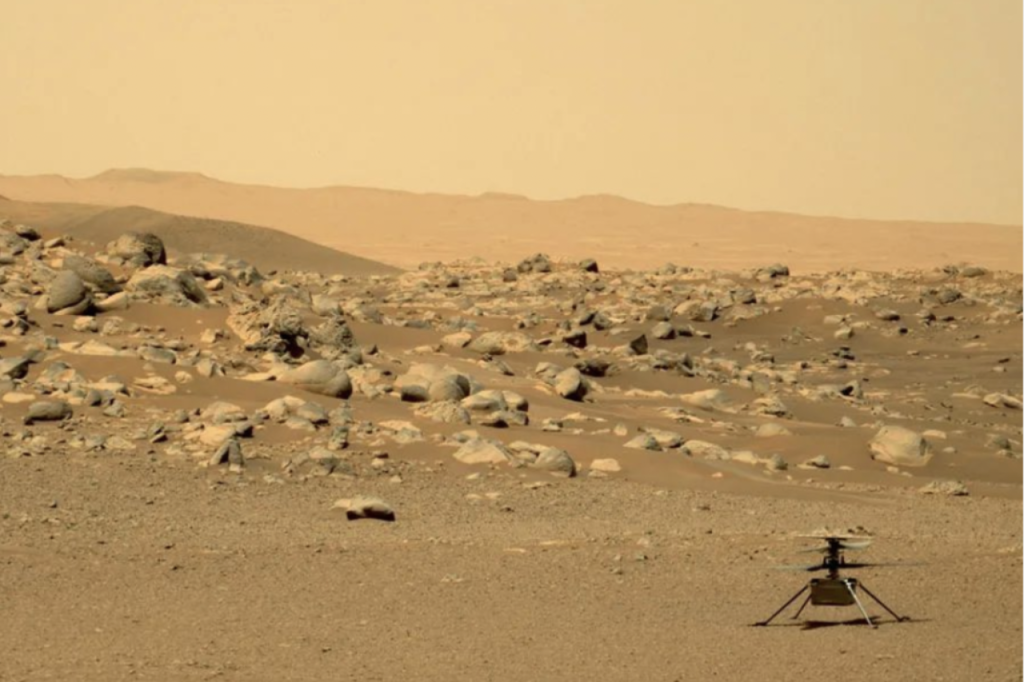
Devon Island
Devon Island, which is off the coast of Canada and is referred to by NASA as a “polar desert,” is the largest abandoned island on Earth. In the Canadian Arctic, there is a frozen island called Devon Island. According to Condé Nast Traveler’s Ken Jennings, no one has resided on the island since the 1930s or 1940s because of its harsh climate. On Devon Island, though, NASA does carry out research. Since the island is believed to have conditions similar to those of Mars, NASA personnel tested equipment and space suits there before utilising them there.
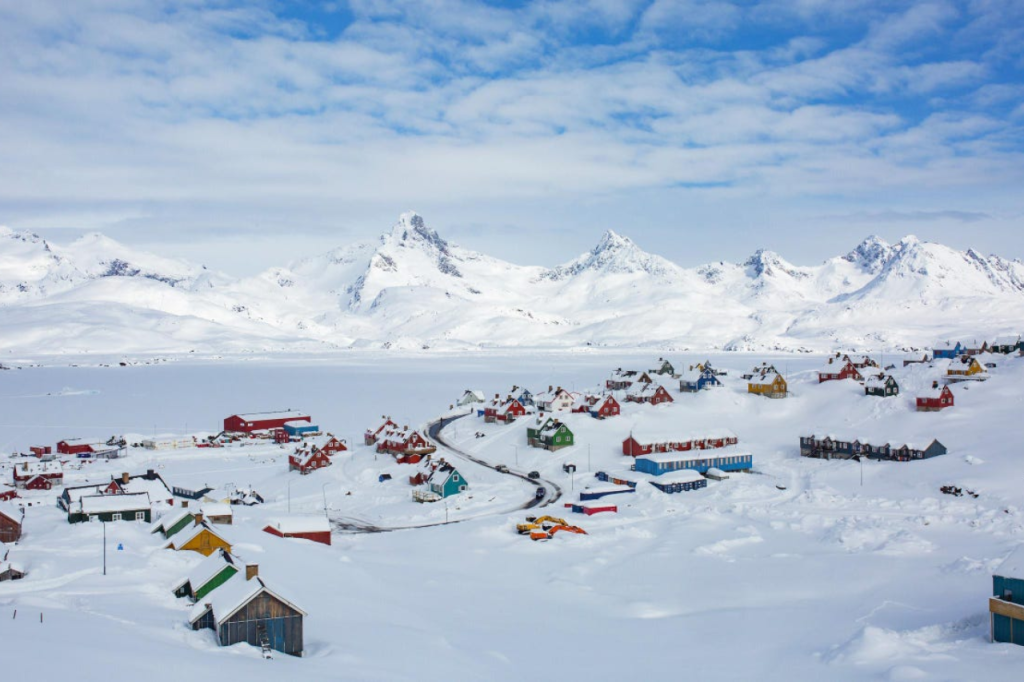
Greenland
A location that is still mostly undiscovered is Greenland. According to Patricia Schultz, author of the New York Times bestseller “1,000 Places to See Before You Die,” as Greenland becomes more accessible, it might become a more well-liked vacation spot. Schultz compared Greenland to Iceland because both are far north, but Iceland is more developed.
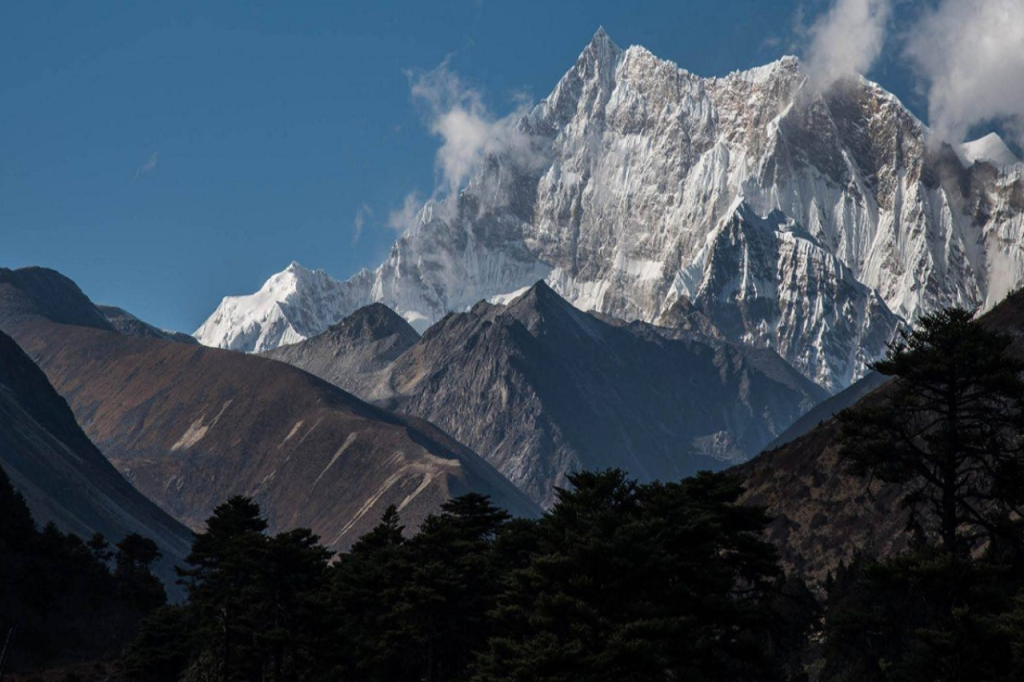
Gangkhar Puensum
The highest unclimbed peak in the world is Gangkhar Puensum. The highest unclimbed mountain in the world, according to the BBC and Condé Nast Traveler, is Gangkhar Puensum, a peak in Bhutan near the Tibetan border. Gangkhar Puensum is located 24,981 feet above sea level, according to the BBC. Despite the fact that it is believed that the peak has never been reached, the government forbade climbers from ever making the ascent in 1994. According to the BBC, in order to respect indigenous spiritual beliefs, all peaks in Bhutan that were higher than 19,800 feet were closed that year.
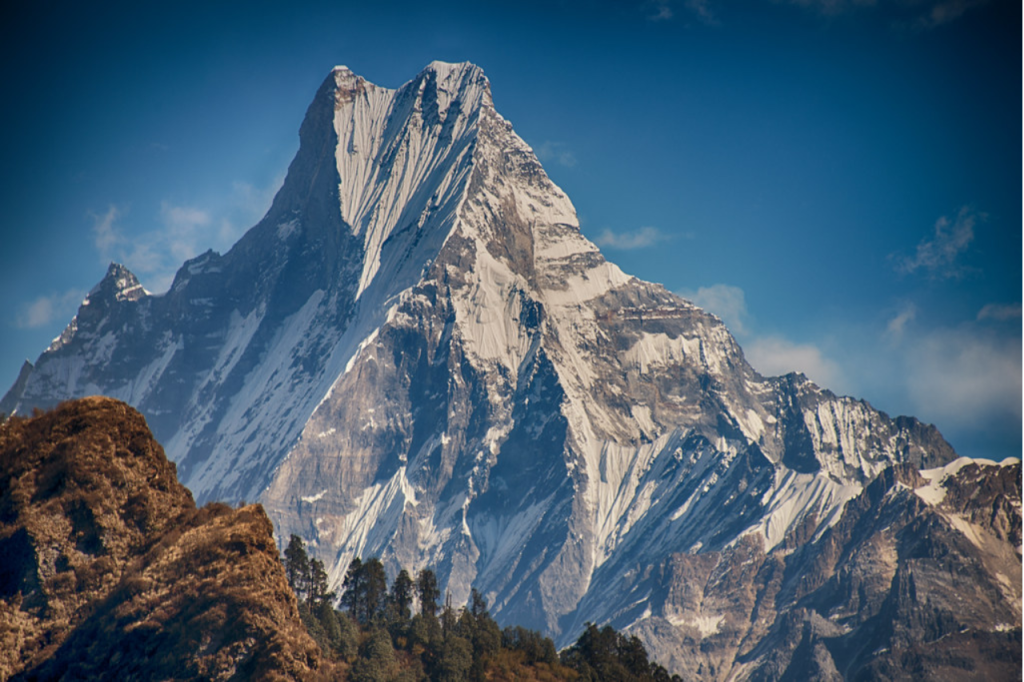
Machapuchare
Nepal’s Machapuchare is there. Because it is believed that Lord Shiva resides there, this peak in Nepal is off-limits to visitors.
MOST SURREAL PLACES ON EARTH
Travellers with a sense of adventure can easily reach all of these fantastical and breathtaking settings, despite the fact that it’s difficult to believe they exist. The lovely planet Earth is literally bursting at the seams with incredible places to discover, so we have narrowed it down to its top 10 most weird locations. Get ready to be amazed.
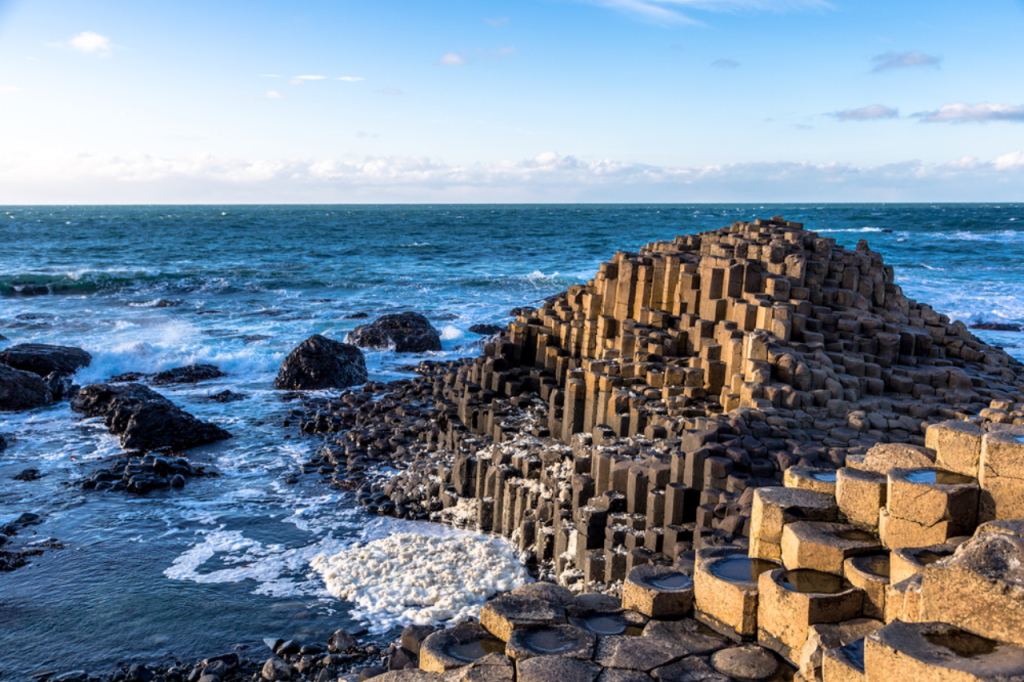
The Giant’s Causeway
One of the most amazing views on earth is the Giant’s Causeway, which was created by a volcanic eruption 60 million years ago. The polygonal columns in this region, which is rich in myth and tradition, are said to have been hacked out by the giant Finn McCool, according to some.
Sea of Stars, Vaadhoo Island
This strange phenomenon, which resembles something out of “Avatar,” is actually caused by phytoplankton in the ocean, which results in biolumination on the shore. The sea looks like a shimmering sea of stars, to use non-scientific terms. The impact is considerably more spectacular from June to December due to a higher volume of plankton in the sea surrounding the Maldives. Any time of year could see the emergence of this bizarre natural phenomenon.
The Grand Canyon
The Grand Canyon is one of the most well-known natural wonders in the world and, in the opinion of many, one of the most amazing places to explore. It resembles a landscape from Mars. This fantastical site is larger than the state of Rhode Island and is 1 mile deep and 277 miles long. The Grand Canyon, which was created over millions of years by the Colorado River, draws more than 4.5 million visitors annually, making it one of the most well-known national parks in the United States.
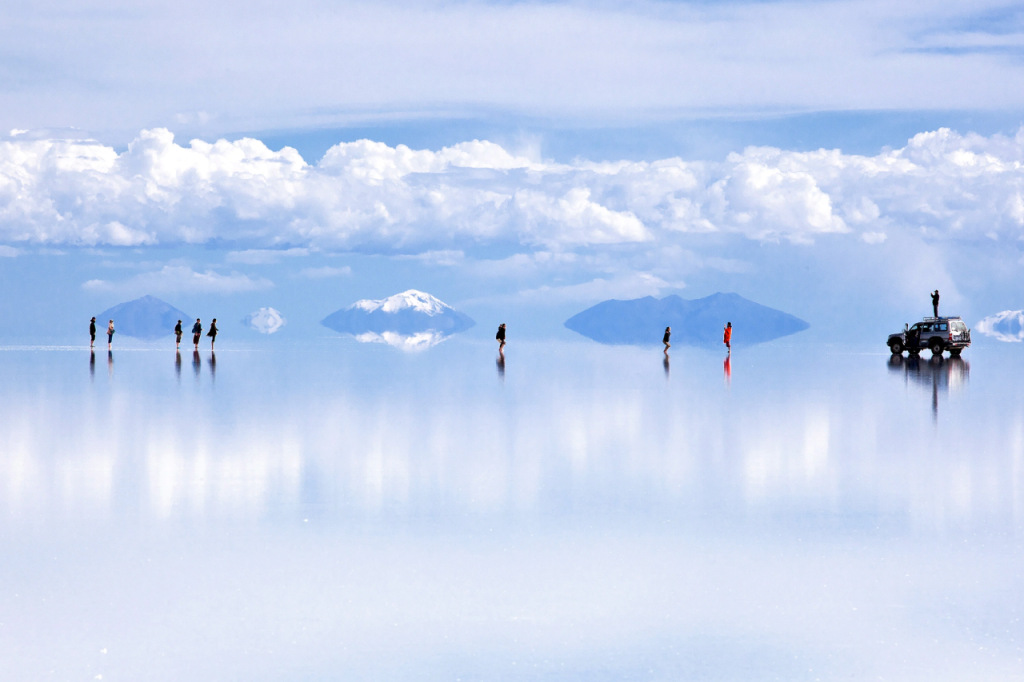
Salar De Uyuni, Bolivia
It is located in Bolivia and is larger than 4,000 square miles. It is the product of long-since evaporated ancient lakes, which left behind a salt crust that produces a remarkable spectacle of rising polygonal shapes.
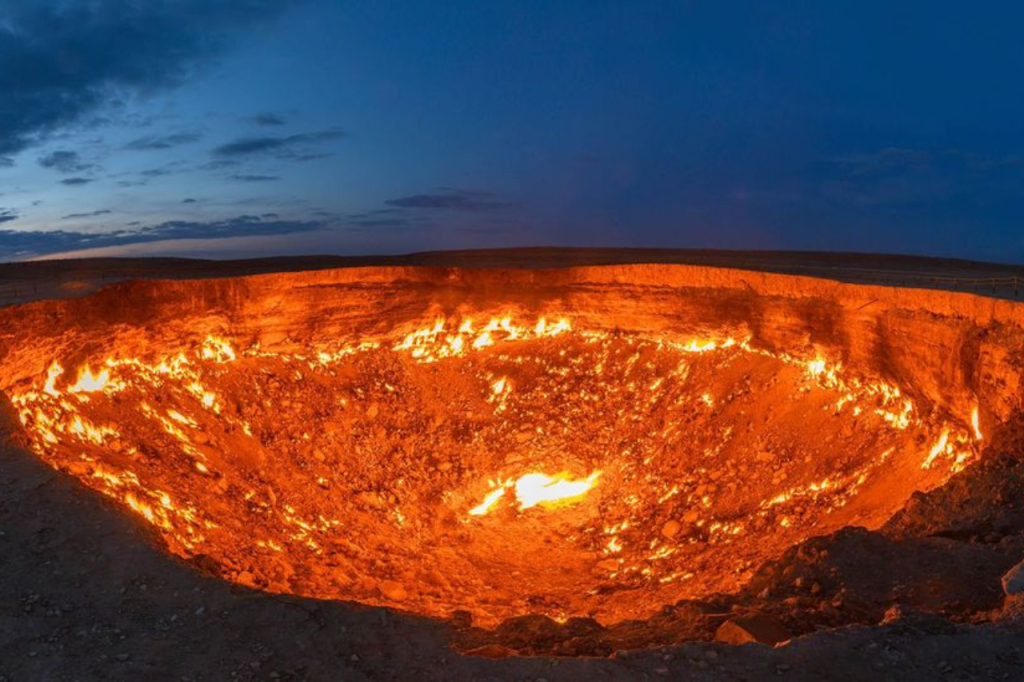
The Door to Hell, Turkmenistan
The fact that the Darvaza Crater is also referred to as “The Gates of Hell” is not particularly unexpected. Although it is unknown how this hypothetical place came to exist, it is thought that a drilling mishap in the desert of northern Turkmenistan was responsible for the discovery of this natural gas reserve. According to reports, a geologist lit the crater in an effort to put out the gas leak because he thought it would go out in a few weeks. Instead, it created a huge, 69-meter-wide, 30-meter-deep sinkhole that was smouldering. To think that this odd feature has been burning for more than 45 years is incredible! It makes for an astonishing site to visit now that it is a tourist destination in an otherwise bleak region.
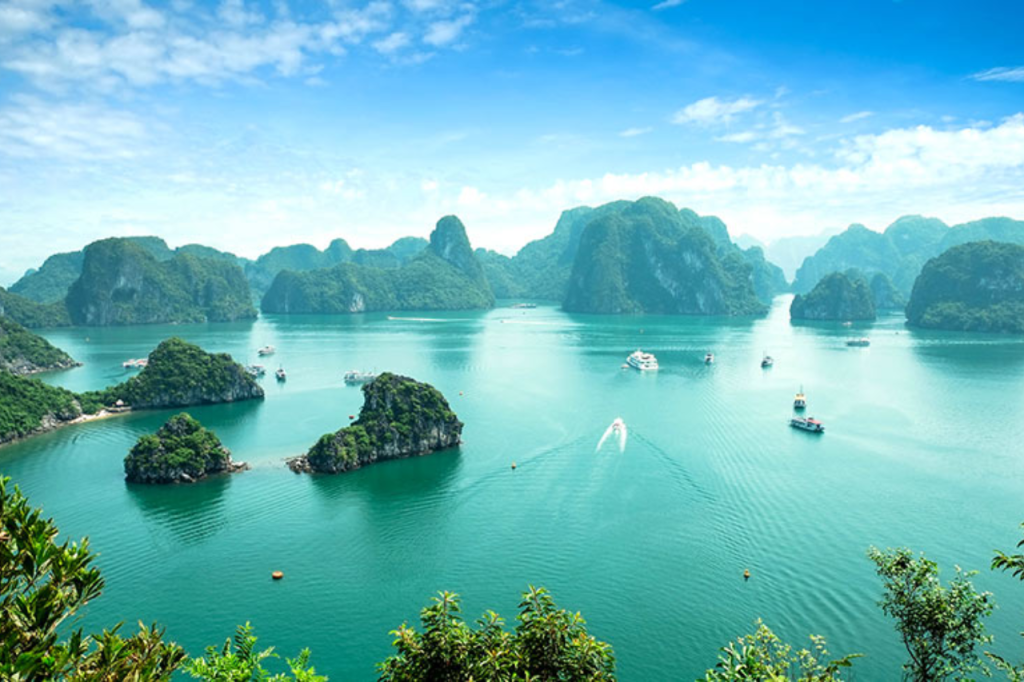
Ha Long Bay, Vietnam
Over 1,600 islets and columns have been produced in this magnificent port in northern Vietnam by the force of limestone erosion, making it an absolutely breathtaking sight to behold. A mountain dragon is said to have plunged into the sea and carved out these granite pillars with its tail as it dove beneath the surface.
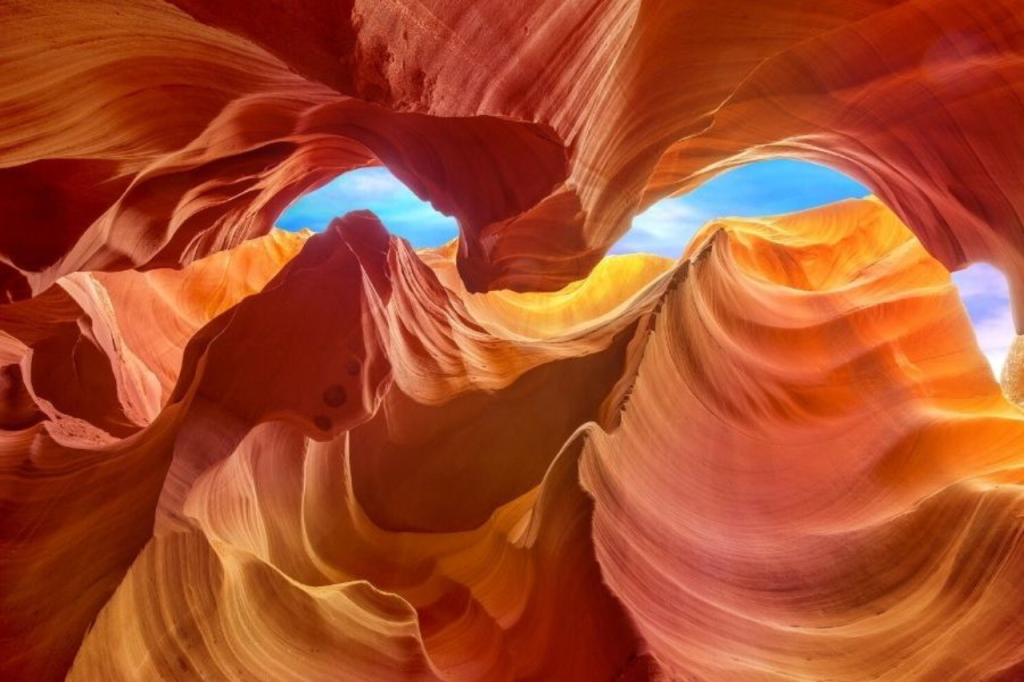
Antelope Canyon, USA
One of the most popular canyons in America, the Antelope Canyon, was formed by flash flooding that eroded the sandstone. A guided tour is necessary if you want to see this spectacular location, as it is located on private land within the Navajo Nation.
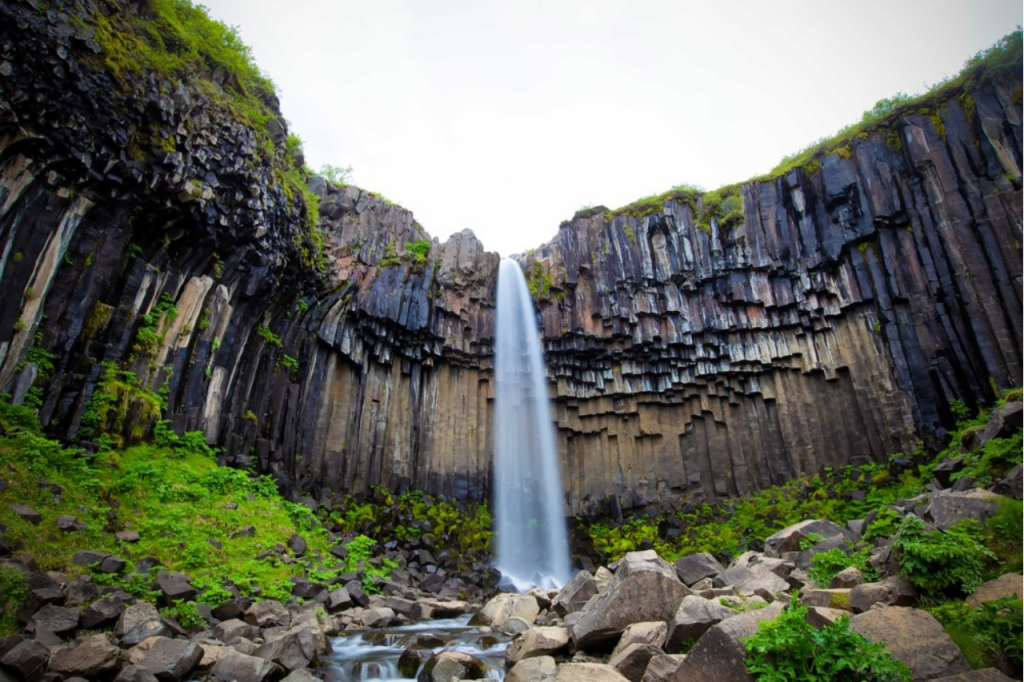
Skaftafell, Iceland
The Skaftafell natural reserve is located in Iceland’s Vatnajökull National Park in the southeast. The well-known and peculiar ice caverns, which formerly operated as its own national park, are located there! These caverns are the product of natural processes, such as summer meltwater sculpting out vast tunnels and caves beneath enormous ice sheets.
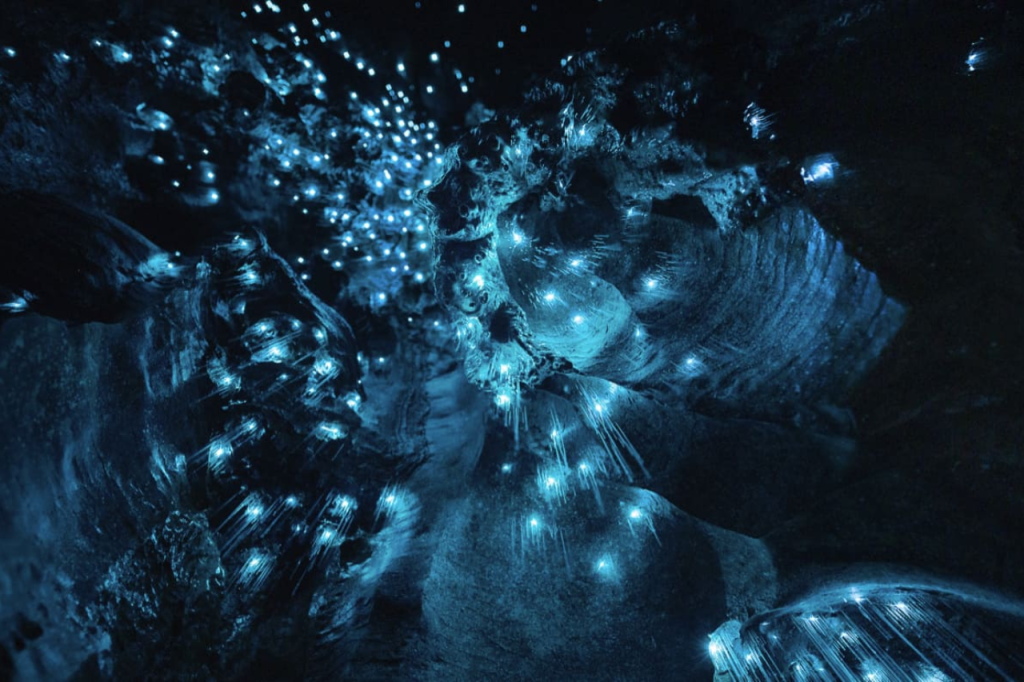
Waitomo Glow Worm Cave, New Zealand
The Waitomo Glowworm Caves, on the North Island of New Zealand, are about three hours outside of Auckland and are home to the glow-worm species Arachnocampa luminosa, which is unique to New Zealand. The larvae that line the cave walls give the caves a beautifully bizarre appearance with shimmering walls.
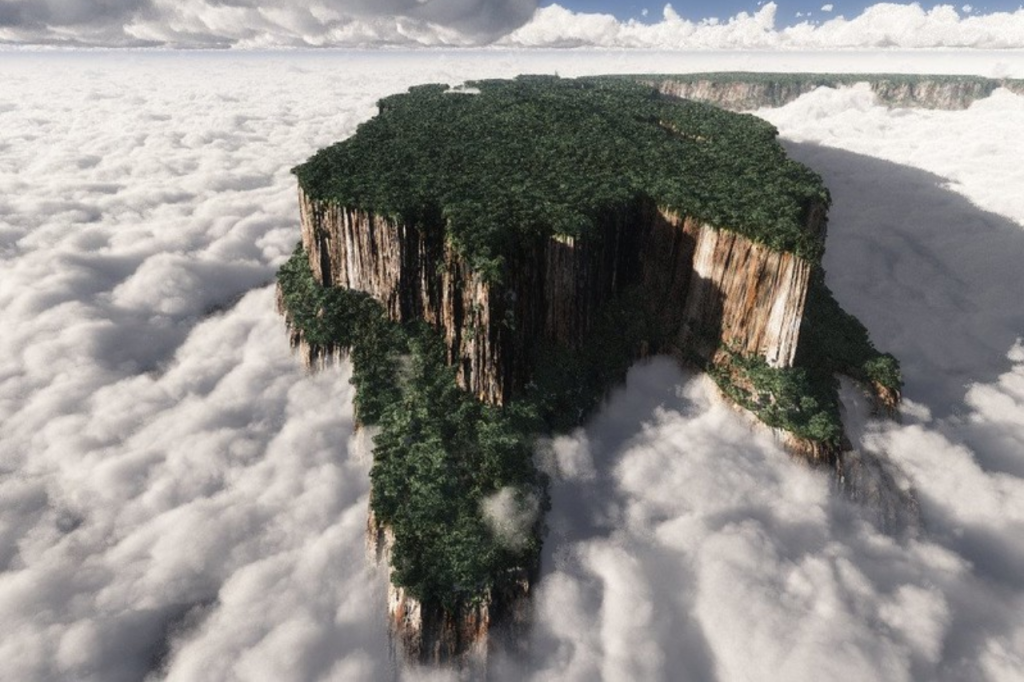
Mount Roraima, Venezuela
Mount Roraima is actually only a very, very high plateau that took the unique table-top shape from leaching from severe rains, despite having the appearance of being a mythical floating island. The peak itself, which is located in Venezuela, not far from the borders of Guyana and Brazil, is the highest and most remote place in all of South America. The area was once the stump of a huge tree that once held all of Earth’s fruits and vegetables before being cut down by the clever Makumnaima, according to local tradition. It also serves as the backdrop for Arthur Conan Doyle’s book “The Lost World,” which features an undiscovered tribe of ape-men and various dinosaur species as residents.
